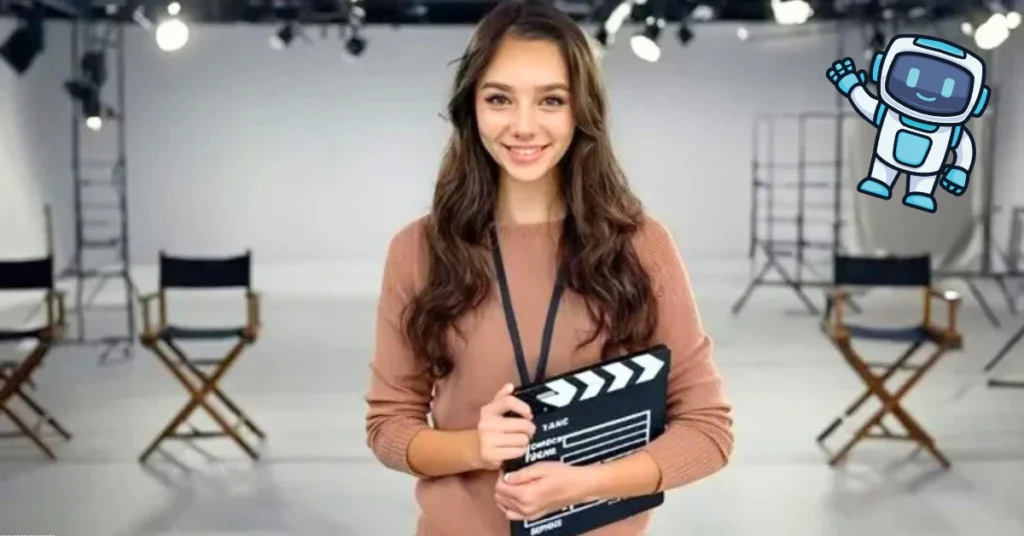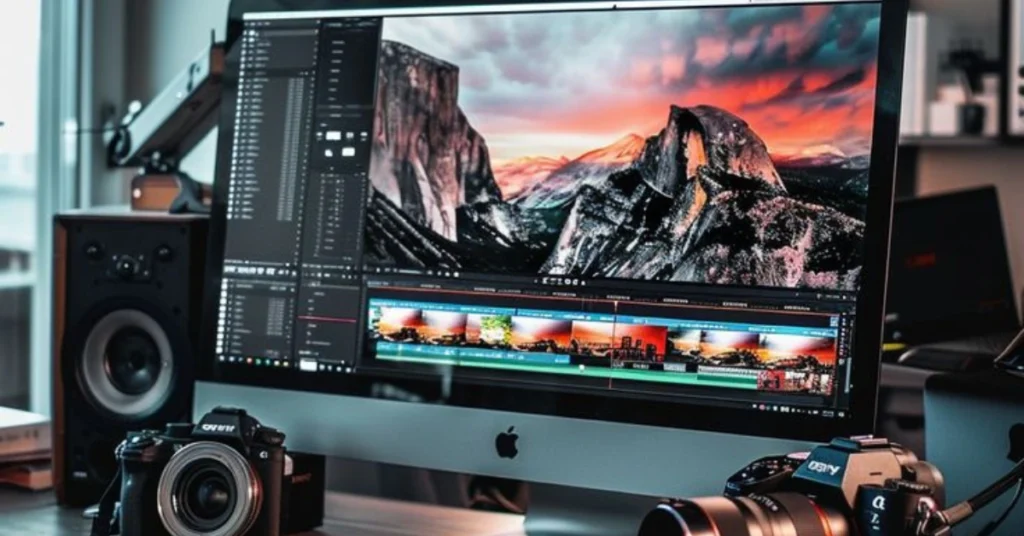The entertainment world is undergoing a transformation unlike anything seen before. In a move that has stunned both audiences and professionals, the AI Industry Pushes Fake Actress as Next Scarlett Johansson, sparking intense debate about the future of creativity, performance, and identity.
This isn’t a distant science fiction scenario—it’s happening today. An entirely digital actress has been designed and promoted as a rising star, carefully modeled to resemble the qualities and allure of beloved human icons. With lifelike visuals, expressive speech, and carefully constructed personalities, these AI-generated performers raise difficult questions about authenticity, artistic value, and the balance between technology and humanity.
The Making of a Digital Star
How a Fake Actress Is Created
Unlike traditional performers, who spend years refining their craft, this new wave of synthetic talent is born from algorithms, data, and generative models. Designers create realistic faces by blending multiple data sources, ensuring a composite that feels familiar yet original. Speech synthesis and digital animation bring her “performances” to life, complete with emotions, tone shifts, and subtle expressions.
Behind the Screen
Composites and blends: The digital actress is not a copy of one person but an amalgamation of countless faces, giving her a sense of realism without being directly tied to a single individual.
Synthetic voice: Advanced voice systems give her speech patterns, emotion, and charisma.
Controlled persona: Unlike human stars, every aspect of her personality, career, and appearance can be crafted, adjusted, or rewritten instantly.
Why the AI Industry Pushes Fake Actress Projects
Cost, Control, and Convenience
The entertainment industry has always been shaped by economics. Creating and managing digital talent offers studios complete control. Unlike human actors, synthetic stars don’t age, negotiate contracts, or create scheduling conflicts. They can work around the clock, scale to global markets instantly, and be adjusted for any cultural or linguistic context.
Predictable Budgets
Hiring A-list talent often costs millions. A digital star can deliver the same level of visual appeal at a fraction of the cost, with no risk of controversy or personal setbacks derailing a project.
Intellectual Property Ownership
Since the synthetic actress exists only in code, the companies behind her own the likeness outright. There are no ongoing negotiations about royalties or appearances. This creates opportunities for long-term branding and licensing, making her not just an actress but an intellectual property asset.
The Backlash Against Digital Performers
Ethical and Cultural Concerns
The announcement that the AI industry pushes a fake actress as the next Scarlett Johansson has fueled outrage among human actors, artists, and critics. Many see it as a direct threat to livelihoods, creativity, and the authenticity of storytelling.
The Value of Human Performance
Performances are not only about technical skill. They include lived experiences, emotions, and imperfections that cannot be fully simulated. Critics argue that no matter how advanced AI becomes, it cannot replicate the depth of human life that informs authentic art.
Legal and Consent Challenges
Image rights: Using composites of real people’s faces raises questions about consent and ownership.
Transparency: Should audiences be informed when a performance is AI-generated?
Potential misuse: The technology could also be exploited for false representations or deepfakes.
Can a Fake Actress Truly Replace Human Stars?
Technical Barriers
While AI-generated actors are visually convincing, they still struggle with subtleties: improvisation, emotional authenticity, and the “spark” that makes live performances unforgettable. The uncanny valley remains a problem—audiences notice even small imperfections, which can break immersion.
Market Limitations
Audiences connect with human stories—their growth, failures, and triumphs. Synthetic stars lack real-life context, scandals, or personal evolution. This makes them harder to relate to beyond novelty value. For now, digital actresses may find roles in advertising, background performances, or experimental media, but replacing lead actors in emotionally heavy roles seems unlikely.
Broader Implications for Entertainment
Redefining Stardom
When the AI industry pushes fake actress initiatives, it redefines what it means to be a star. Fame could shift away from human identities toward carefully designed digital personas. These synthetic celebrities can be tailored to match trends, demographics, and audience preferences in real time.
Economic Reshaping
Studios may save millions, but the shift could harm thousands of working professionals in acting, makeup, costume design, and production. The ripple effect on creative industries is profound.
Ethical and Social Questions
- What happens to authenticity in storytelling if performers are designed rather than lived?
- Can audiences emotionally invest in characters portrayed by an algorithm?
- Will society lose appreciation for flawed, raw, and real performances?
Scarlett Johansson as a Cultural Symbol
The choice to promote a digital actress “as the next Scarlett Johansson” is no accident. Scarlett represents a blend of global recognition, talent, and allure. By positioning an AI star in her place, the industry is sending a bold message: that algorithms can replicate—even surpass—the most iconic human performers.
But can a synthetic construct truly capture the depth of human artistry? Johansson’s career has been built on years of lived experience, unique choices, and personal growth—qualities no AI can authentically reproduce. The comparison highlights the gap between human life and digital mimicry.
Conclusion
In conclusion, the AI industry pushing a fake actress as the next Scarlett Johansson raises critical questions about authenticity, ethics, and the future of entertainment. While digital stars offer innovation and limitless creative control, they also blur cultural boundaries and challenge the role of human performers. This shift signals that the evolution of entertainment will not just be about technology but about redefining identity, value, and trust in the age of artificial intelligence.


